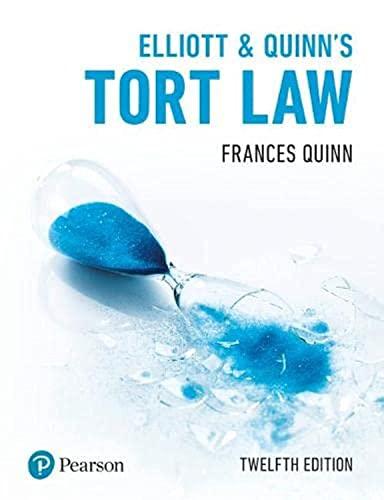Question
Landmark Bill to Cut Prescription Drug Prices Signed into Law-- (Dena Horowitz, August 16, 2022) At a White House ceremony, President Joe Biden signed the
Landmark Bill to Cut Prescription Drug Prices Signed into Law--(Dena Horowitz, August 16, 2022)
At a White House ceremony, President Joe Biden signed the Inflation Reduction Act of 2022 on August 16. The legislation addresses soaring drug prices and is intended to help millions of Medicare enrollees better afford their life-sustaining medications, and millions more Americans able to pay their Affordable Care premiums. The new law passed the U.S. Senate on a 51-50 vote, with Vice President Kamala Harris breaking the tie and all Republicans voting against the measure. The Act for the first time authorizes Medicare to negotiate the prices of high-cost prescription drugs with pharmaceutical companies, puts an annual $2,000 limit on how much Part D prescription drug plan members will have to pay out of pocket for their medications, and levies tax penalties on drugmakers that increase product prices by more than the rate of inflation. The new law also caps the cost of Medicare-covered insulin at $35 a month. The average price of insulin, versions of which have been around since the 1920s, have risen to about $550 a month. The new law also extends by three years the expanded subsidies and other financial enhancements first included in the 2021 American Rescue Plan that help bring down the costs of health insurance plans in the ACA marketplace. The enhanced subsidies increase the amount of financial help available to those already eligible and also newly expand subsidies to middle-income people, many of whom were previously priced out of coverage.
A. Construct the market for insulin, assuming demand is perfectly inelastic. Label initial supply and demand and equilibrium quantity with the subscript "1". Set into the market the actual price.
B. Cite a phrase from the article that is a change to the market for insulin as a result of the legislation.
C. Return to the market in 5A, and change the market consistent with information in the article and your answer in 5B.
D. Define the term social efficiency.
argue whether the Inflation Reduction Act is socially efficient.
E. Define the term productive efficiency.
argue whether the Inflation Reduction Act is productively inefficient.
Step by Step Solution
There are 3 Steps involved in it
Step: 1

Get Instant Access to Expert-Tailored Solutions
See step-by-step solutions with expert insights and AI powered tools for academic success
Step: 2

Step: 3

Ace Your Homework with AI
Get the answers you need in no time with our AI-driven, step-by-step assistance
Get Started


